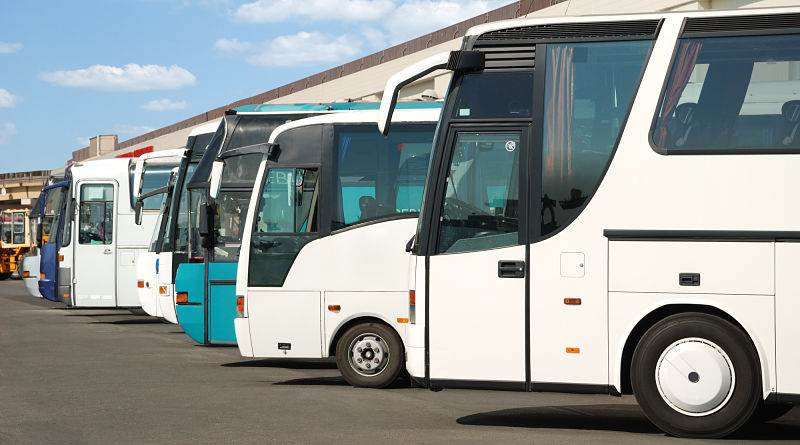Smarter Loans Inc. is not a lender. Smarter.loans is an independent comparison website that provides information on lending and financial companies in Canada. We work hard to give you the information you need to make smarter decisions about a financial company or product that you might be considering. We may receive compensation from companies that we work with for placement of their products or services on our site. While compensation arrangements may affect the order, position or placement of products & companies listed on our website, it does not influence our evaluation of those products. Please do not interpret the order in which products appear on Smarter Loans as an endorsement or recommendation from us. Our website does not feature every loan provider or financial product available in Canada. We try our best to bring you up-to-date, educational information to help you decide the best solution for your individual situation. The information and tools that we provide are free to you and should merely be used as guidance. You should always review the terms, fees, and conditions for any loan or financial product that you are considering.

City commuters, school children, and industries all over the world use buses as modes of transport each and every day. They come in all shapes and sizes-from mini buses to gigantic stacked double-deckers. But how are these expensive motor monsters paid for? Financing buses is an enormous enterprise utilized by numerous sectors. The largest of corporations, even local governments, have to get financing for their bus fleets. As for private businesses, image is everything-which makes for bustling bus sales. And no entertainment superstar would even think of coming to town for a performance in a broken down, busted tour bus in these days of cell phones and lightning fast social media posts.
The bus trade has increased by leaps and bounds since 1662 when Blaise Pascal launched the first horse and buggy bus line. Even the 1830 steam powered bus designed by Sir Goldworthy Gurney would not compare to the 21st century transportation goliaths of the present day.
This examination regarding the types of buses that can be financed features the following:
For decades, buses were only purchased for commercial purposes. Today everyone from big time corporation executives to suburban moms and dads all look for buses that can be financed, depending on their needs.
Below are some examples of who applies for a bus loan and how the vehicles are used.
Practically any type of bus can be financed with the right set of circumstances. Approval for a bus loan, as with any other credit, depends on the credit score of the borrower and their ability to pay, among other factors. There are some benefits to financing a bus rather than leasing, but the standards may differ for commercial and personal borrowers.
For both types of borrowers, the eventual ownership of the bus is a definite plus. Also, a bus is an asset that can be listed when applying for other credit. Payments on a bus loan are consistent; which makes budgeting easier. The rules of the application process for a bus loan are not much different than an auto loan. Credit check, proper documentation, and a down payment are among the things needed in order to qualify.
For those who cannot meet the requirements or afford to finance a bus, there are creative lease options to consider:
The type of bus, its size and features may be the first thing a buyer looks at when getting a loan. There are other considerations to purchasing a vehicle that become more important in the long run. For instance, fueling the vehicle is a major consideration. Whether it’s diesel fuel, gasoline, or a hybrid of electric and gas, keeping the bus running is a huge expenditure in bus ownership.
Additional considerations include:
Financing a bus is no small project, much like applying for a mortgage, small business loan or other big-ticket credit item. If a buyer is considering purchase for personal use, it makes good financial sense to be sure that the time and investment is worth it for just occasional use. For businesses that need to finance one bus or an entire fleet, it will pay off in their bottom line to perform due diligence by finding a lender with fair terms and enough inventory to meet the standards of the company.